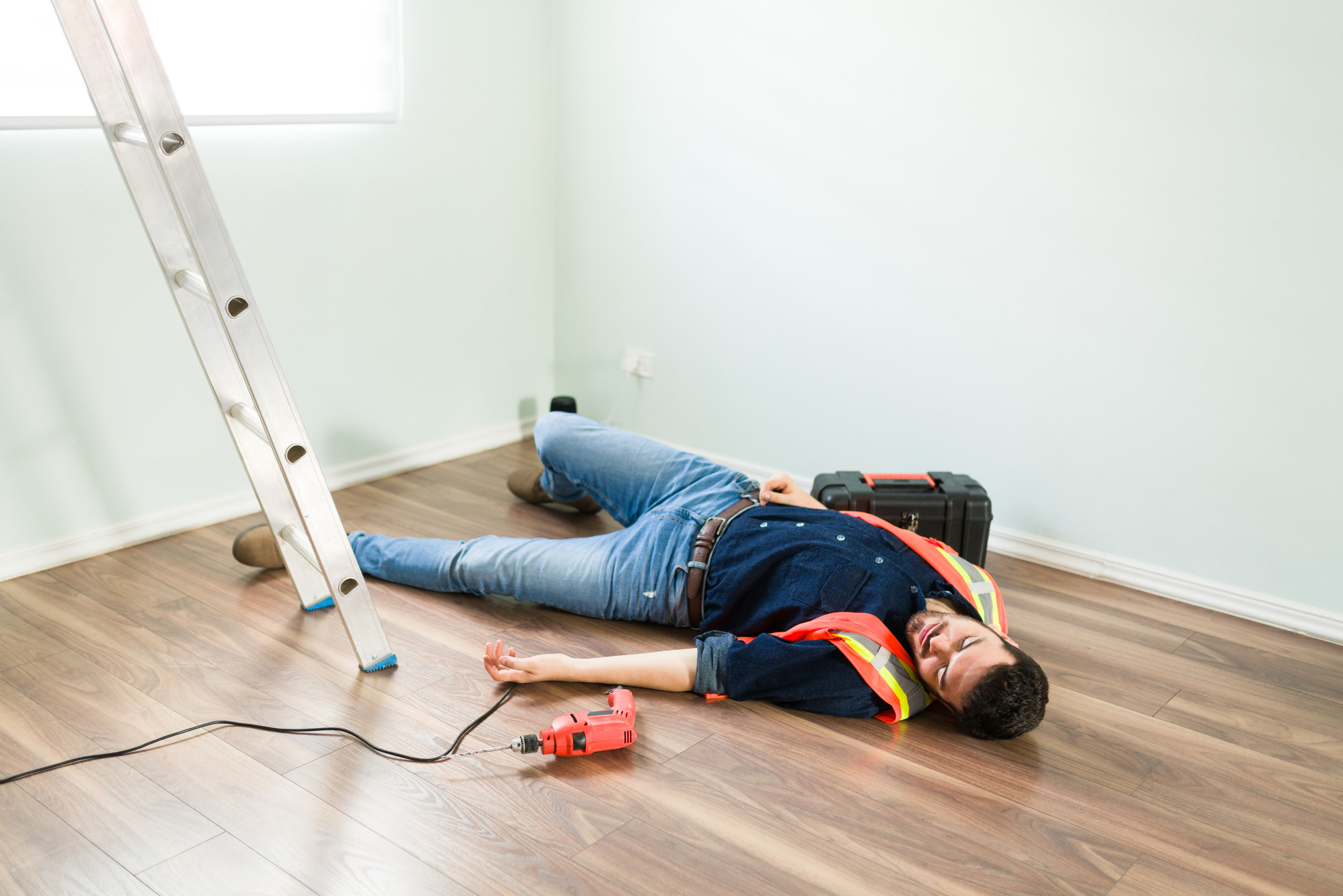Accidents at home aren’t just painful; they can come with lawsuits attached. Most people think of their house as a safe haven, but hidden inside are everyday items that can land a homeowner in legal trouble if someone gets hurt. Liability doesn’t just live in contracts and fine print—it can lurk behind furniture, appliances, and even lawn décor.
A cracked sidewalk or a rickety chair could be the difference between a friendly visit and a costly legal claim. Knowing which household items carry hidden risks can save more than just embarrassment—it can save thousands in damages.
1. Slippery Rugs
A cozy rug can warm up a room, but it can also turn into a lawsuit waiting to happen. Unsecured rugs are notorious for causing slips and falls, especially when they bunch up or slide across smooth flooring. If a guest takes a tumble, liability often falls squarely on the homeowner. Courts look at whether the rug was reasonably secured or if negligence played a role. Adding non-slip pads or backing is an easy way to keep both the rug and your legal standing firmly in place.
2. Swimming Pools
Pools scream summer fun, but they’re also magnets for liability. Even when no invitation is extended, an unattended pool can still be considered an “attractive nuisance” under the law. If a neighbor’s child sneaks in and gets injured, the homeowner can be held responsible. Fences, locks, and pool covers aren’t just safety features—they’re legal shields. Owning a pool without safeguards can quickly transform sunny afternoons into courtroom appearances.
3. Trampolines
Nothing says backyard adventure like a trampoline, but the injuries they cause are a lawyer’s dream. Broken bones, sprains, and head injuries are common when safety nets or padding aren’t properly installed. Homeowners can be liable even if a guest ignored the rules or acted recklessly. Insurance companies often raise premiums or exclude coverage for trampoline accidents entirely. What seems like harmless fun can quietly inflate both medical bills and liability risks.
4. Stairs and Handrails
Stairs might blend into the background of daily life, but they’re one of the most common accident zones. Loose handrails, uneven steps, or poor lighting can turn them into legal traps. A guest who falls because of a neglected repair may claim the hazard was obvious and ignored. Courts usually side with the injured if the homeowner failed to keep stairs reasonably safe. Maintaining sturdy railings and clear pathways is both a safety measure and a liability safeguard.
5. Sidewalks and Driveways
That cracked slab of concrete in the driveway is more than an eyesore—it’s a liability hazard. Guests, delivery drivers, or even passersby can trip and file a claim. In many states, property owners are responsible for maintaining safe walkways, even those bordering public streets. Insurance companies look closely at whether repairs were delayed or ignored. Quick patchwork today can prevent hefty settlements tomorrow.
6. Barbecue Grills
Backyard grilling is a summer staple, but an unstable or poorly maintained grill can spark more than just burgers. Fires, burns, and smoke inhalation injuries can all fall back on the homeowner’s shoulders. Gas leaks or faulty connections raise the stakes even higher, turning a cookout into a liability nightmare. Safety precautions like proper placement and routine checks aren’t just common sense—they’re legal protection. Guests injured by a mishap may have grounds to sue if negligence is shown.
7. Household Pets
Pets may be family, but legally they’re potential liability machines. A dog bite or cat scratch can result in medical bills and lawsuits, regardless of whether the animal has shown aggression before. Many states enforce strict liability laws that hold owners accountable no matter the circumstances. Insurance companies often track pet-related claims closely and may raise rates or deny coverage altogether. Training, restraint, and clear warnings help keep both guests and legal claims at bay.
8. Power Tools and Lawn Equipment
The shed may hide more risks than the basement. Chainsaws, lawnmowers, and even electric trimmers can cause serious harm when borrowed or misused by guests. If equipment is faulty, unsafe, or left unattended, liability often circles back to the owner. Courts frequently assess whether the homeowner took reasonable steps to prevent injury. Proper storage and maintenance are not only smart but also a defense against expensive legal fallout.
9. Alcohol in the Home
Entertaining with drinks may liven up a party, but it comes with legal strings attached. Homeowners can be liable if a guest becomes intoxicated and injures themselves or others afterward. Some jurisdictions even impose “social host liability,” making the homeowner partially responsible for accidents off the property. Serving minors, knowingly or not, raises the stakes to a whole new level. A simple decision to over-pour could ripple into medical bills, fines, or lawsuits.
10. Fireplaces and Space Heaters
Few things feel cozier than a crackling fire, but fireplaces and space heaters carry hidden liabilities. Carbon monoxide poisoning, burns, or accidental fires can all lead to legal trouble. If safety screens or detectors aren’t in place, the homeowner may be found negligent. Courts often consider whether basic precautions were ignored in the event of an accident. Regular inspections and responsible use keep both warmth and liability under control.
Keeping Home Safe and Lawsuit-Free
The comforts of home can double as hazards if safety is ignored. From rugs that slip to pools that attract uninvited swimmers, every item on this list shows how easily liability sneaks into everyday life. A little foresight and maintenance not only protect guests but also shield homeowners from legal battles. Awareness is the first defense, and prevention is the best strategy.
What other surprising household items do you think carry hidden legal risks? Share your thoughts in the comments.
Read More
Why Using Store Loyalty Cards at Pharmacies Exposes Your Household Habits
10 Unexpected Home Features Buyers Now Avoid


